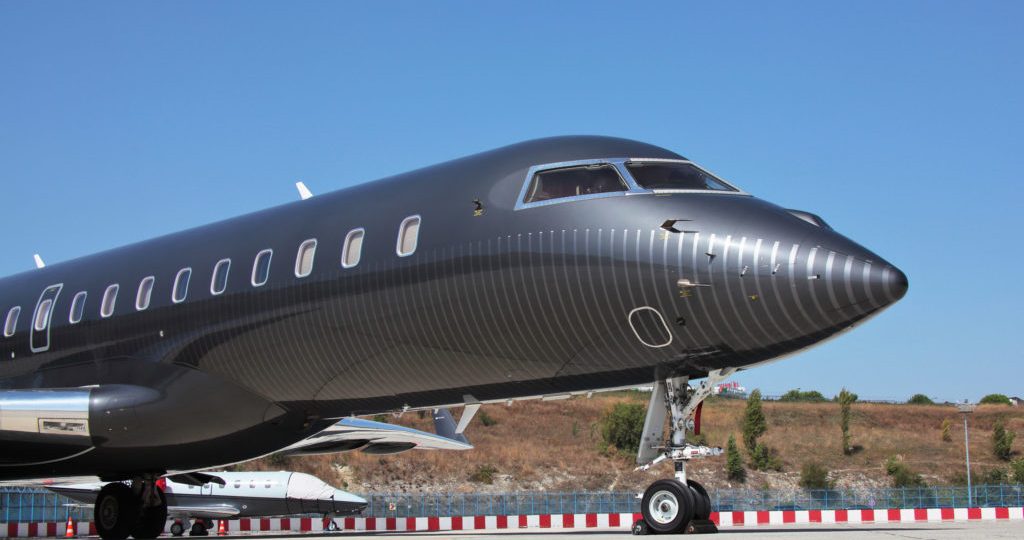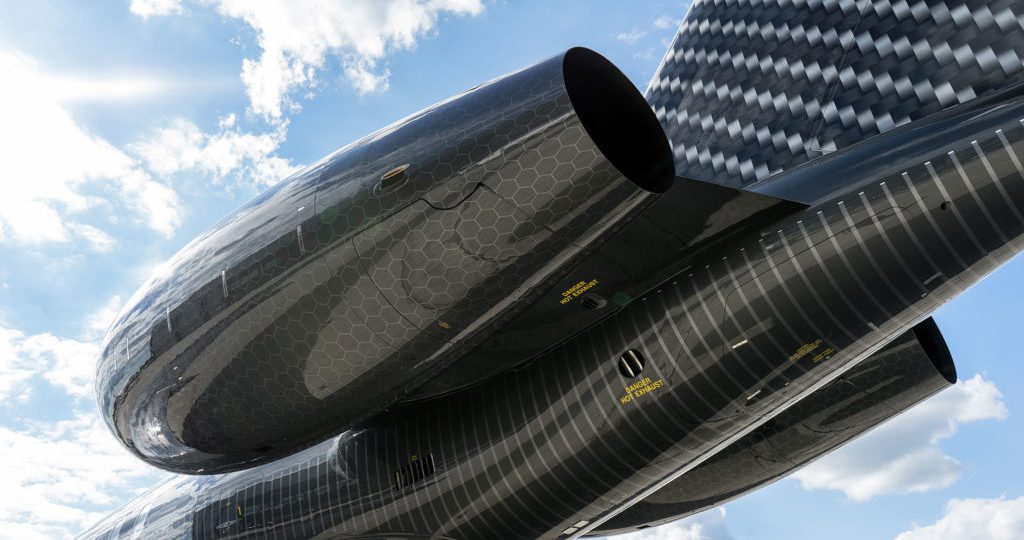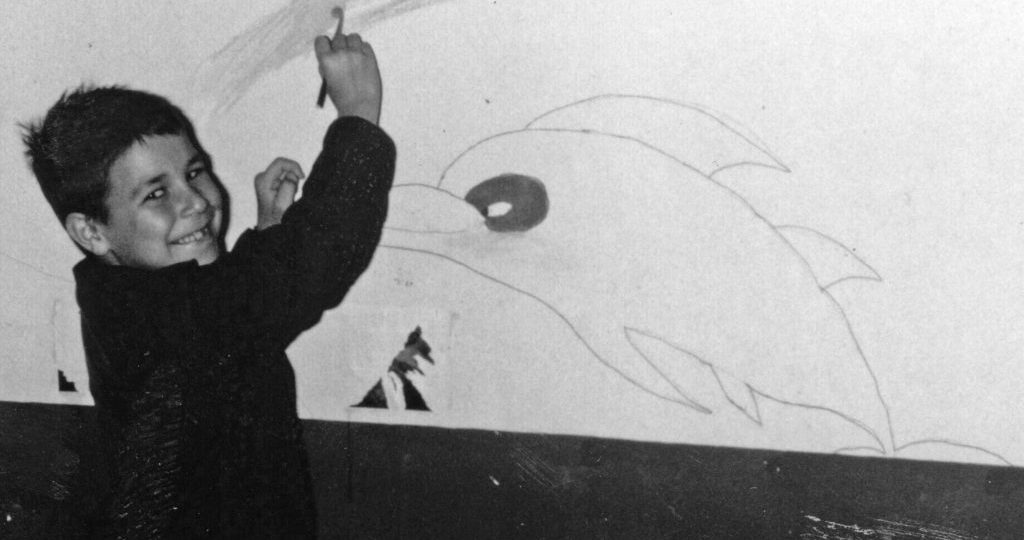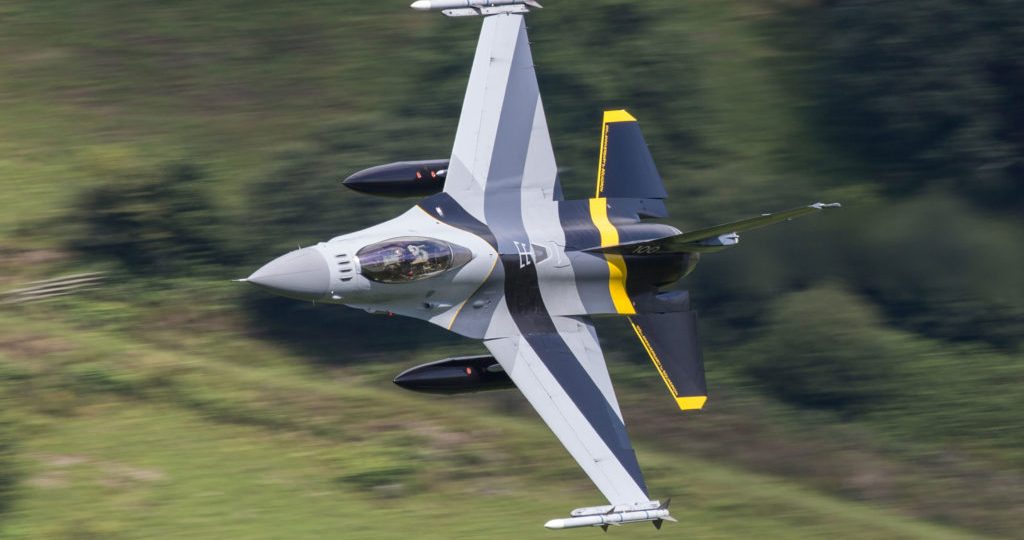Get Happy, with designer Didier Wolff
What drew you to aviation?
I have always liked working in large formats. With the exception of sculpture or architecture, format usually means something flat and limited by a frame. Aircraft, however, are usually very big, mostly three-dimensional and animated by a temperament, a mechanical soul. I look at an aircraft as a flying sculpture, a white-as-a-virgin canvas, ready to be painted and to be part of the largest and highest gallery in the world – the open sky.
What is your earliest aviation memory?
When I was eight years old, I was sitting in my school classroom next to a radiator when an airplane crossed the sky outside the window. I thought how lucky they were to be flying, when I had to stay here.
When did you launch Happy Design?
I launched the studio in September 2009, just after a trip to Dubai. At the time I knew nothing about aviation, but I was convinced that from a cultural viewpoint, the UAE would be sensitive to my vision and my projects. I felt immediately that I was in a good place at a good time, and the few people I met confirmed my intuition. I decided to sell my apartment in Paris and become my own business angel, underwriting the launch of Happy Design. It was the only way to start such a crazy adventure and stay free, without any banker influences.
How many aircraft has the design house completed?
To date, I have completed 15 individual aircraft designs, but the manufacturers and airlines have duplicated some of them. For example, I designed the Wheels Up (USA) livery, and they plan to acquire 100 King Air Beechcraft by end of 2018. Bombardier asked me to renew the livery of all their demo fleet, comprised of Learjets, Challengers and Globals. Daher Socata has reproduced my livery for the TBM850 a dozen times. I also designed the livery on two Dassault Rafales fighters, and many more.
Why ‘Happy’?
Because I know how different and special the name Happy Design Studio sounds in the aircraft industry, which is very, very corporate. Exactly what I am not, although I do wear sunglasses for air shows. I like wearing Hawaiian shirts, even during business meetings. People ask me why I don’t open a branch in Singapore or London? It is because I want to keep the pleasure of working and taking the time to live. This is why I don’t want to create more than four liveries per year. This is the key to my happiness and my life balance.
“Often the clients ask for something totally new and crazy, but after few weeks a sort of strong corporate reflex comes into play and says ‘it’s maybe too much’. ”
What defines Happy Design?
When choosing exterior paint schemes, aircraft manufacturers are trapped in paradoxes: how to differentiate themselves from their competitors, yet take inspiration from them; and how to produce an exterior that will seduce everyone, even though each client is unique.
I do not perform any market analysis to convince a client that this blue or that green has been favoured by a representative sample of aircraft owners. I create unique aircraft liveries and I guide and oversee the painting process entirely, in order to ensure the exact match with the original project that was approved by my clients. Also, and most importantly, to make sure that it has been painted in agreement with the aviation rules, as they are not subject to any compromise.
Why do you think clients choose you?
I hope they choose me because I am not conformist. The press is my first ambassador, some clients contacted me five years after reading an article in a magazine and keeping it. Others four years after rediscovering my business card, designed in a panoramic format that exceeds the usual size and means those receiving it do not know where to put it. I like to think that some customers choose me because my achievements on military planes persuade them that I know how to work within tight constraints.
What inspires you and what are your influences?
Someone once told me that because of years of professional practice, many radiologists scan people in the street. They look at them across their bones for what lies underneath. In a sense, I look at the aircraft like that. I imagine an animal with muscles, tendons and articulated movement. This is one aspect of my inspiration. I have also spent 52 years being influenced by the beauty of our planet – from astronauts’ spacesuits to the colours of a frog, from women’s shoes to the feathers of an arrow…
You once said that you wanted to work for a female client? Have you done so, and how was it different?
I haven’t yet. I hope to work for a female client because this industry is full of men. Curiously, it’s usual to say ‘she’ when talking about an aircraft, but rare to say it about the owner.I think it could be the opportunity to explore a new colour palette, new tastes and shapes. Even if I consider that desire to be illusory. I am hoping for someone sensitive and real, like a rock star or an actress, but a princess or special agent would also be welcome.
How involved do your clients tend to be in the overall design process?
They are waiting for something important from me. I have to visualise which aspects of their personality they want to show on their aircraft and I have to incorporate that when I am sending design proposals. They are fully involved because they then have to send me their descriptive feedback. Some clients answer with drawings and some with words.
After the feedback my challenge is to remember and consider all the different clues, but then also to be able to forget it for a time. Sometimes I meet up with my clients for a few days on the other side of the world, sometimes only few emails are necessary to work for a discreet owner. It can be boring if a client knows exactly what he wants. I need to create, to suggest, to convince, this is where I find my happiness and I cannot work without it.
Most of my clients know what they don’t want. Often they ask for something totally new and crazy, but after few weeks a sort of strong corporate reflex comes into play and says ‘it’s maybe too much’. So, in terms of avant-gardism or eccentricity, the clients define the limits.
Which design completion has given you the most pleasure?
The design completions I made on the jet fighters like Mirage, Rafale or F16.
The real pleasure comes from the fact that a squadron is the depositary of certain values such as brotherhood. Working for the military is like a temporary adoption, but during this time, what a pleasure to be part of that family.
With something like the Carboneum, do you envision the design and then work out, with other professionals, how you will achieve it?
I am always considering the technical aspects, but I don’t censor myself because of it. My network is full of professionals who are passionate about what they do. I believe in them, and they have to find a a technical solution for me, and especially for the client. At least a hundred times I have heard “Didier it’s impossible!”
The key answer to unlocking impossibilities is: ‘our reputation is on the line.’















